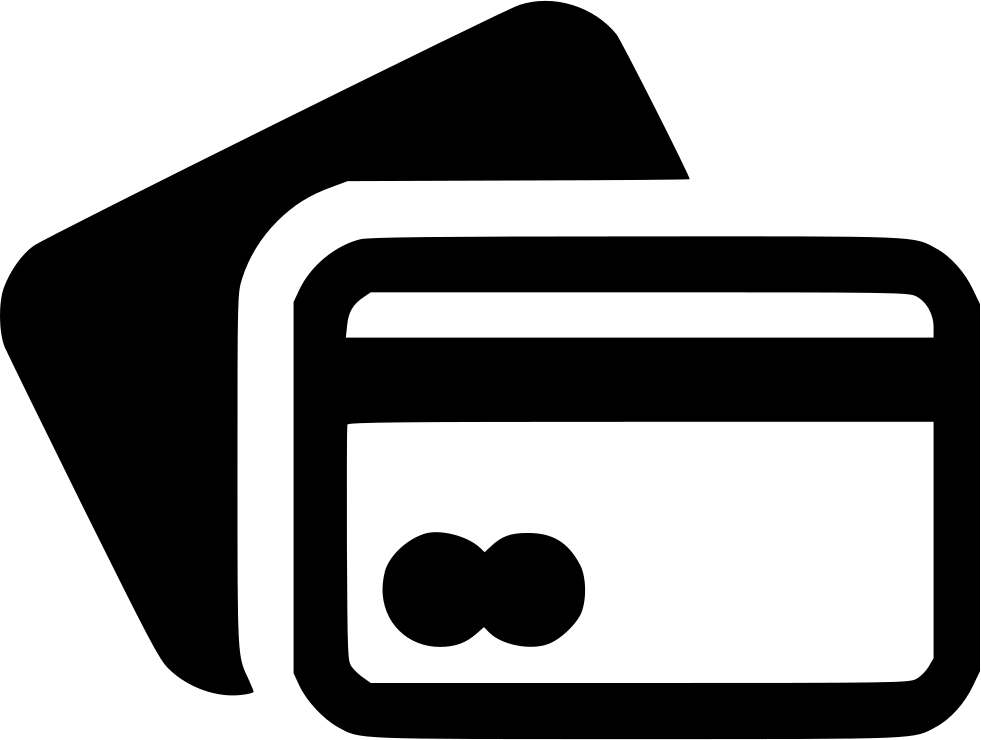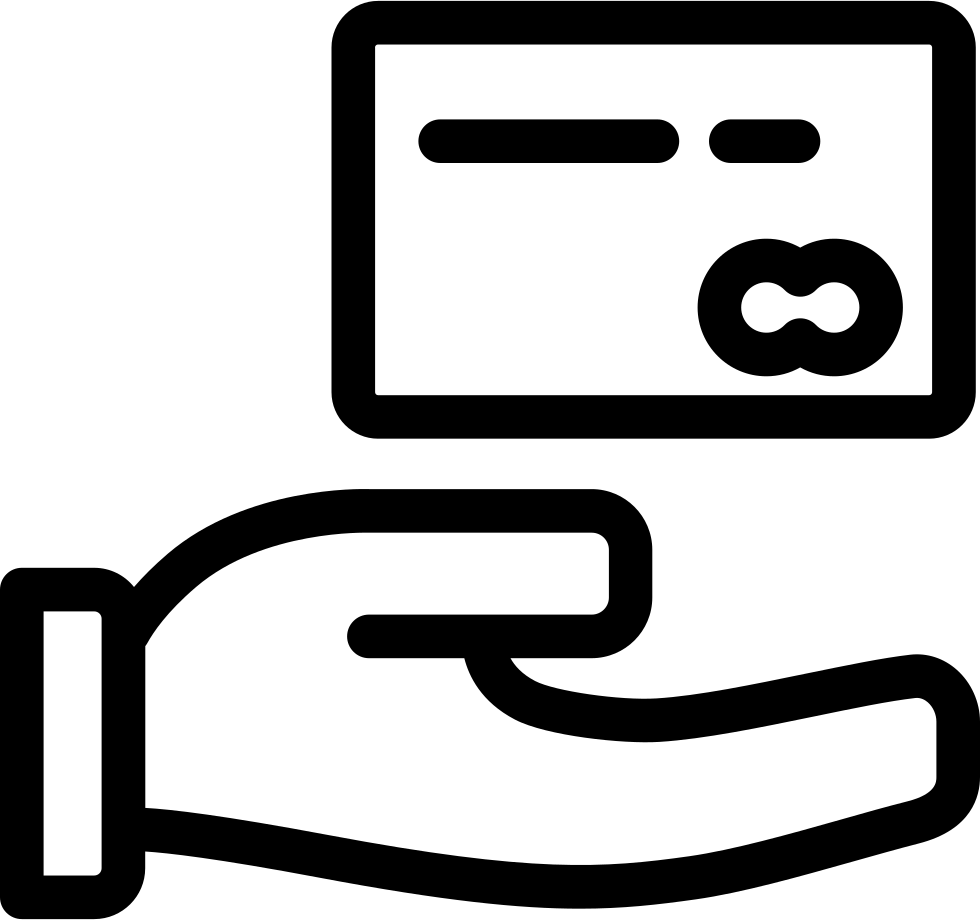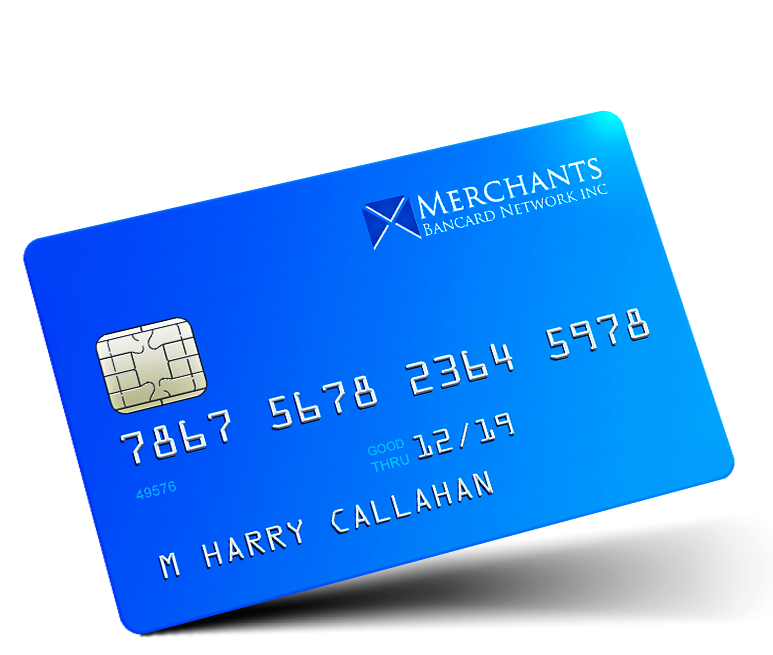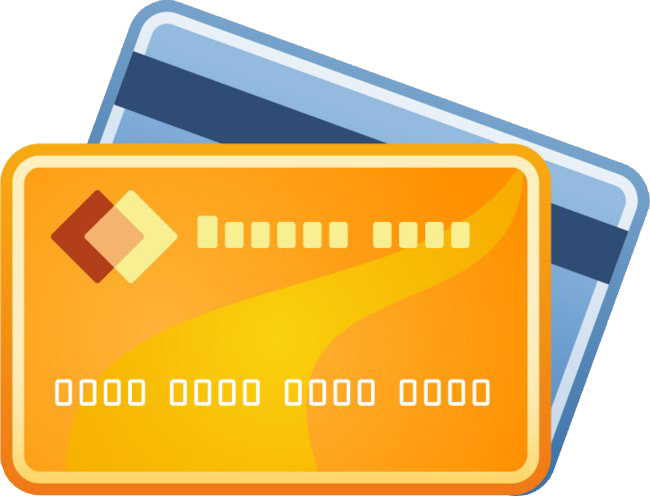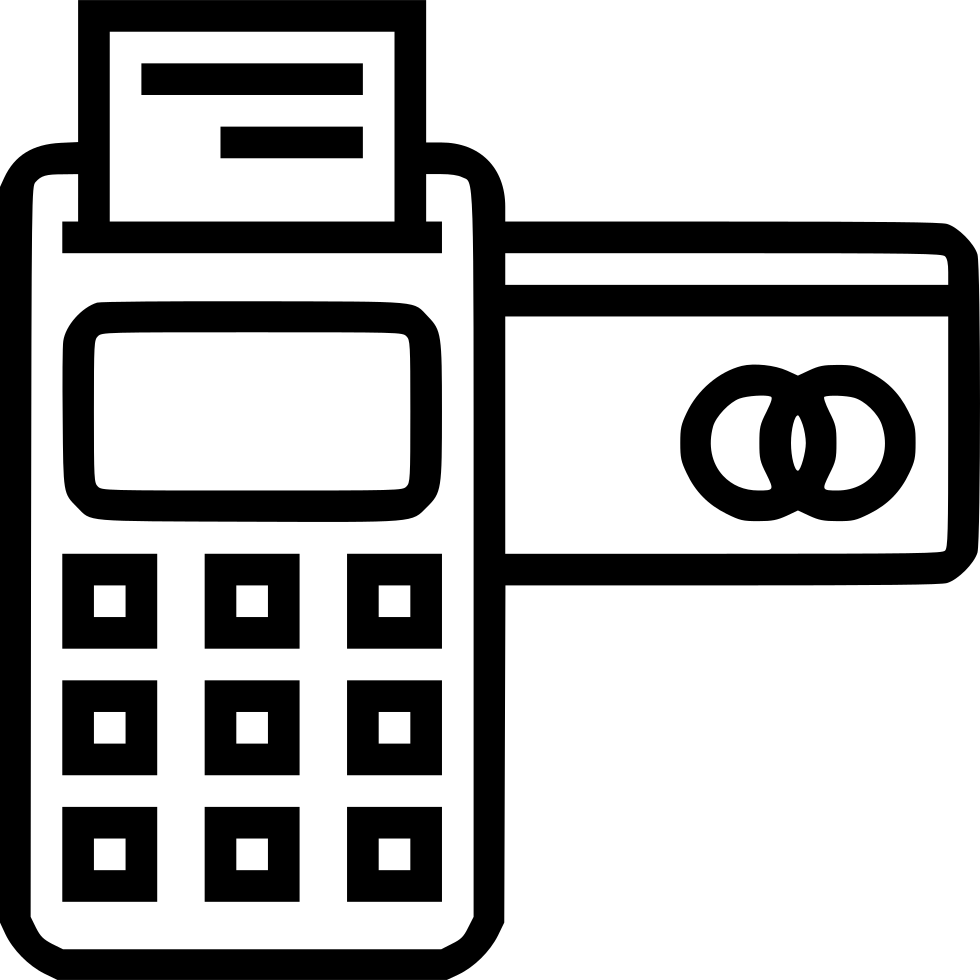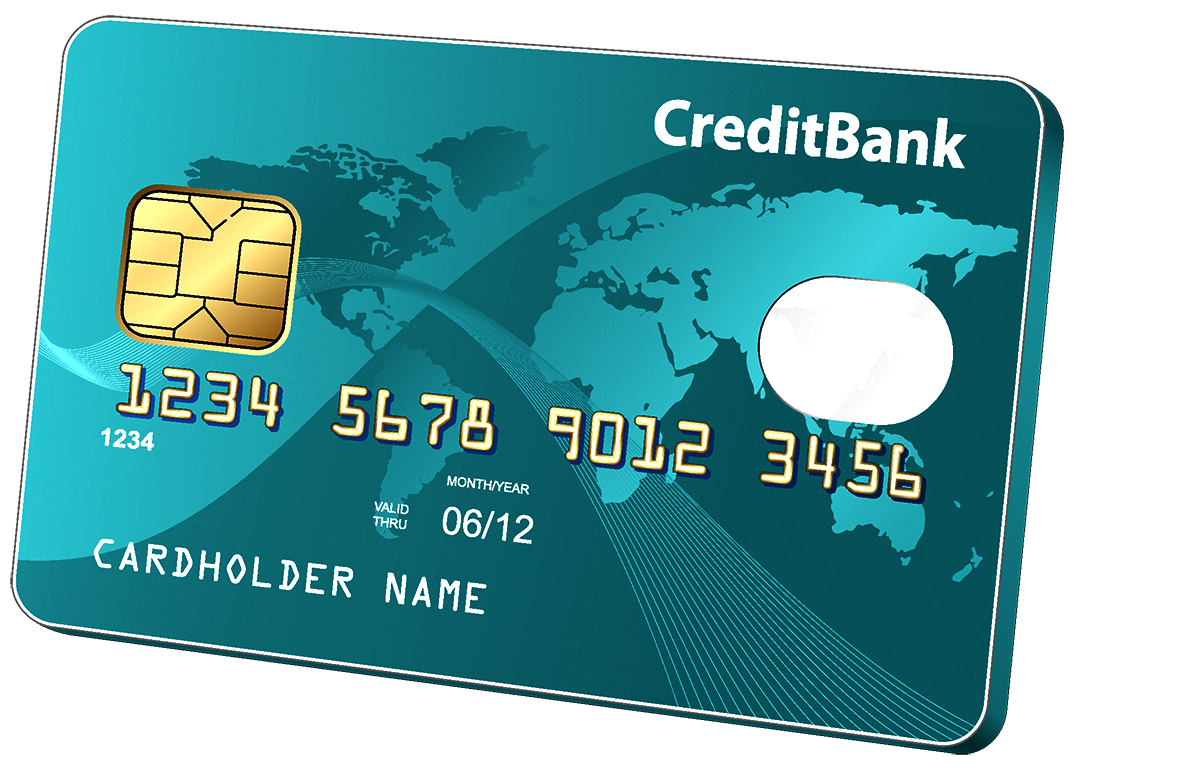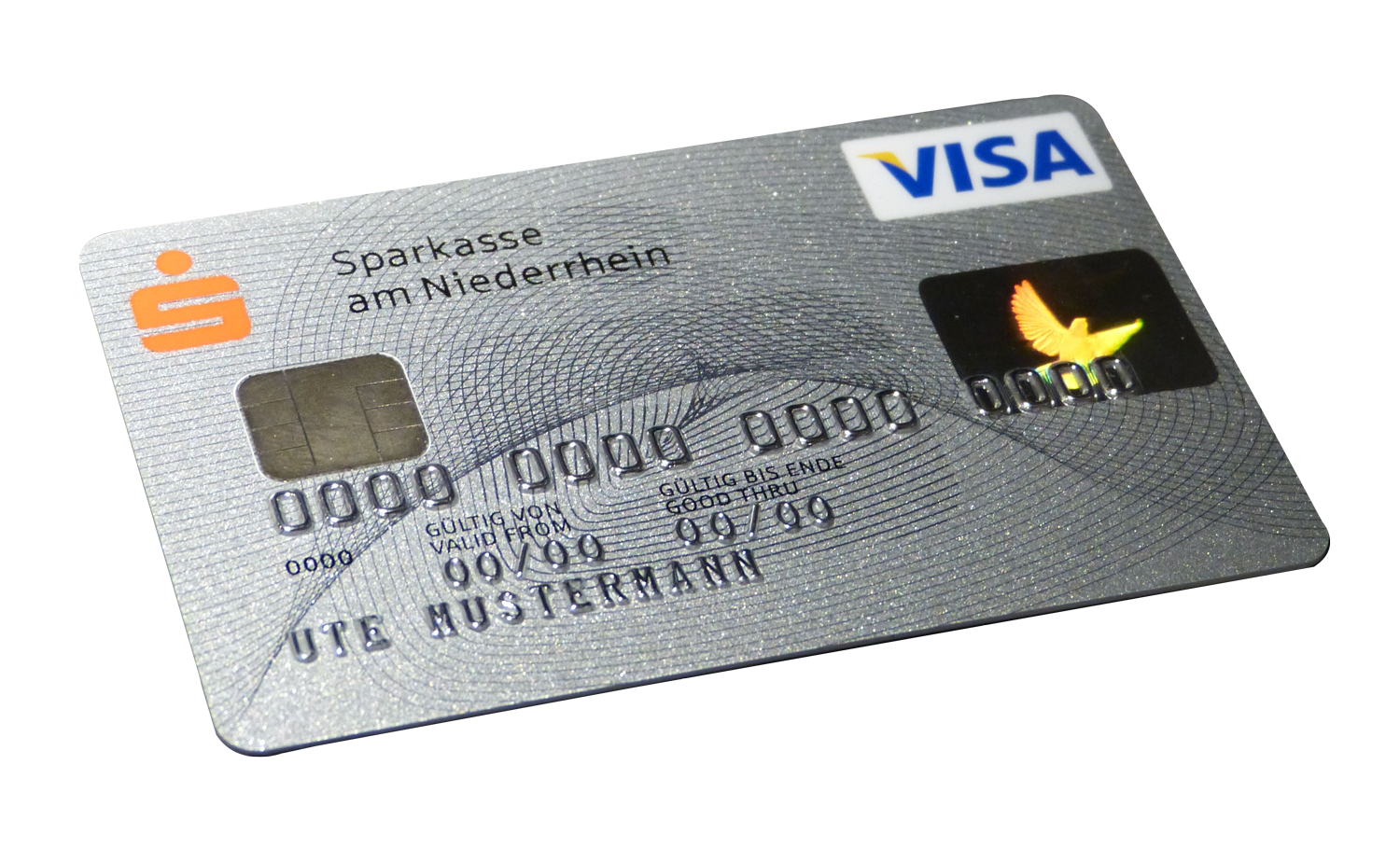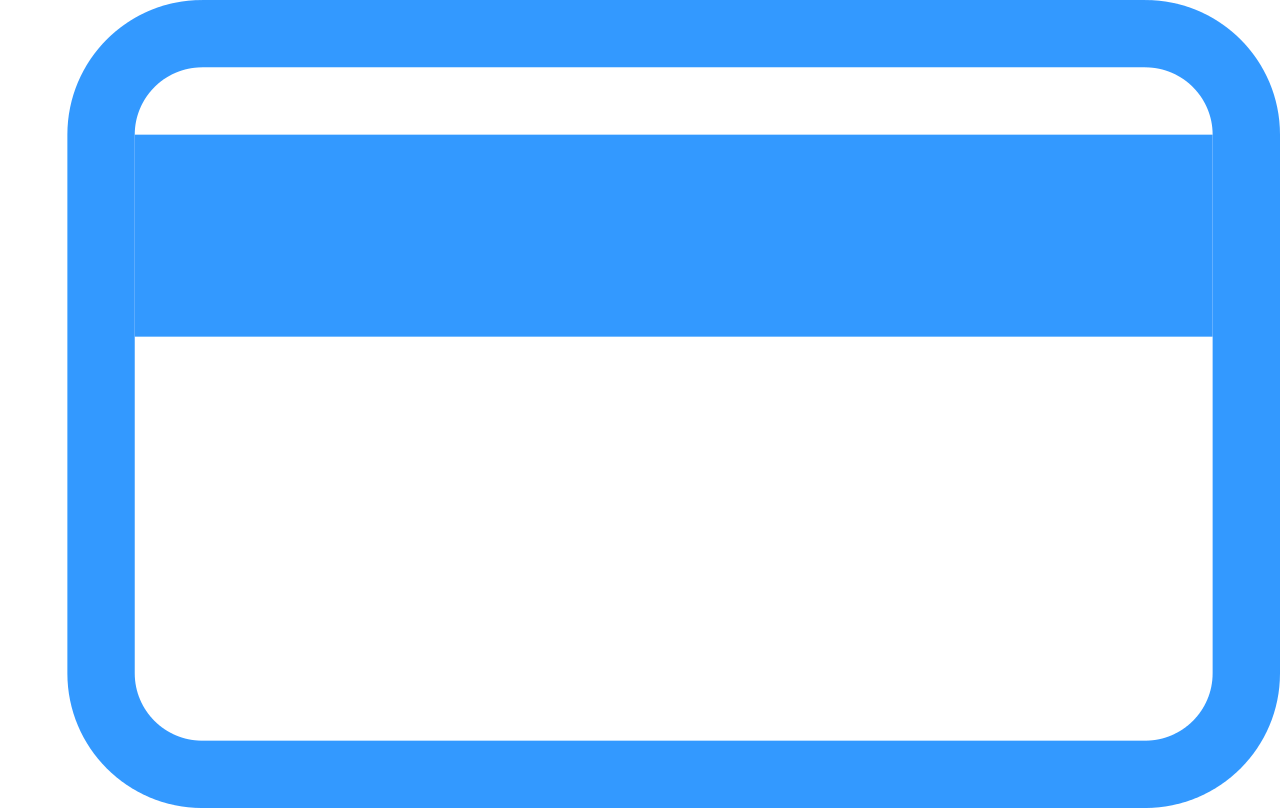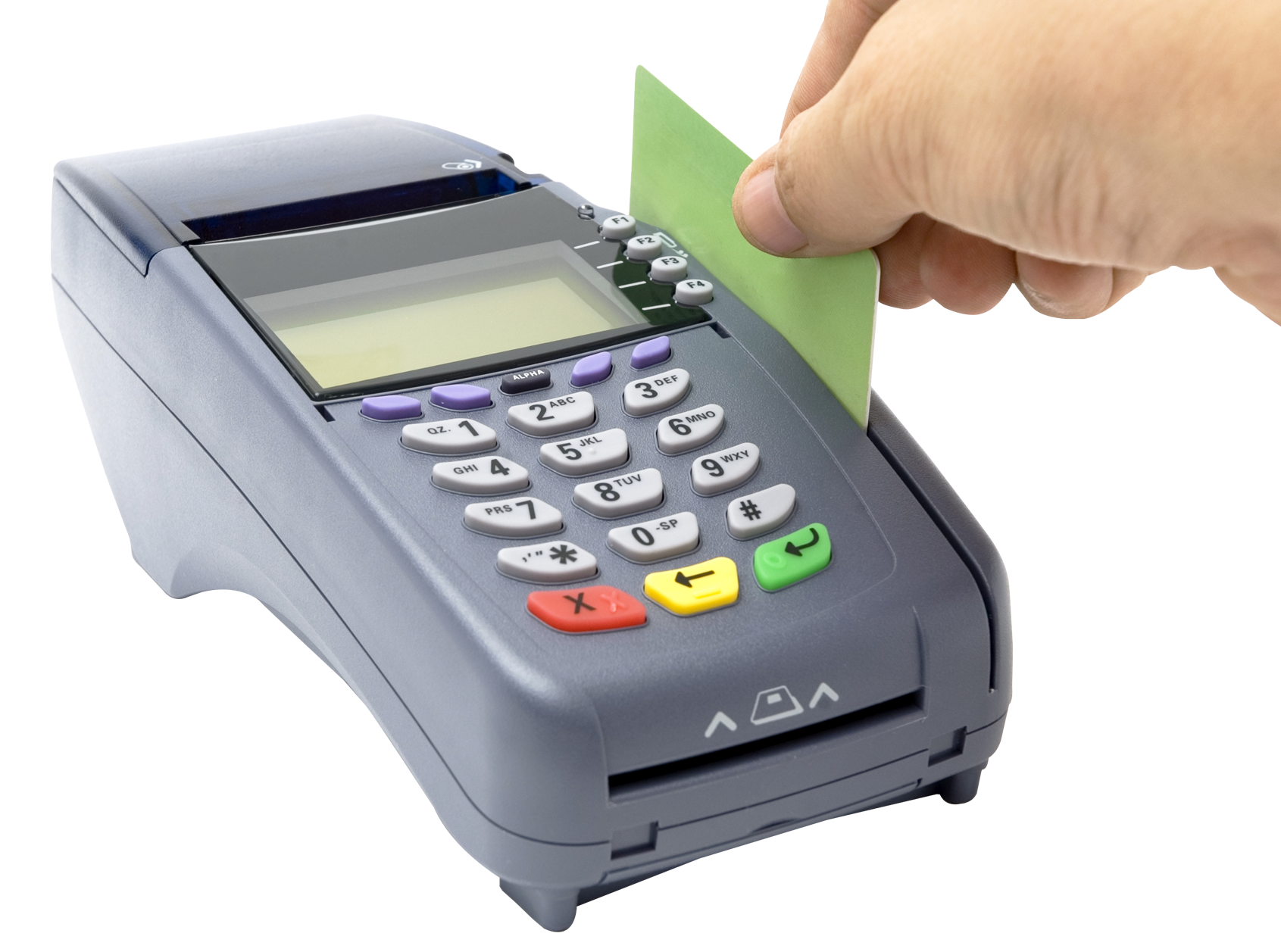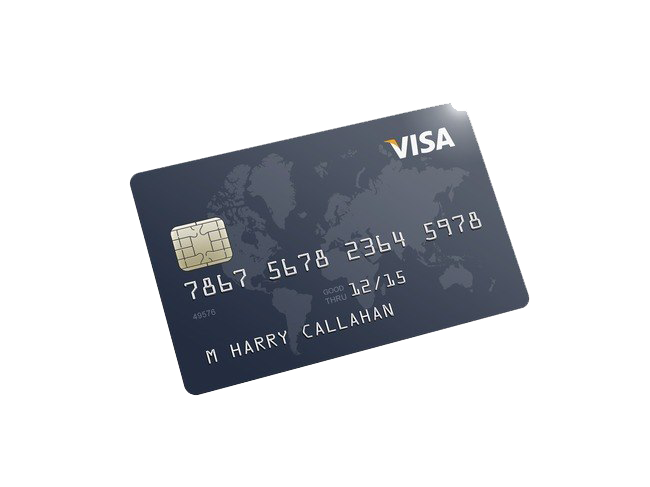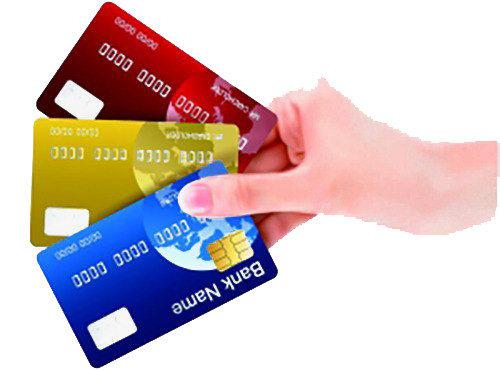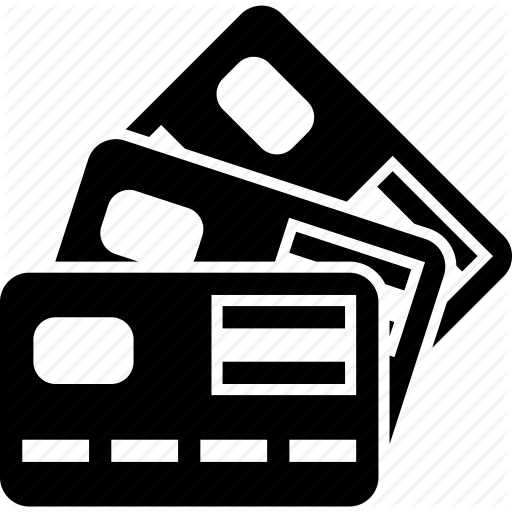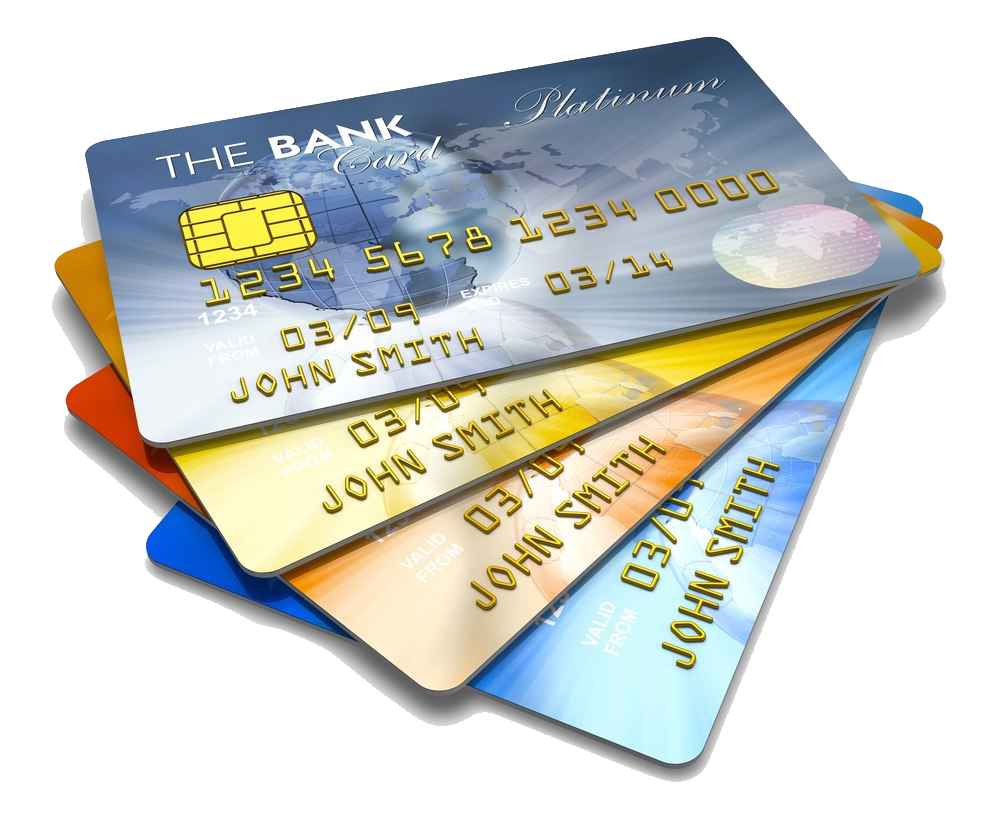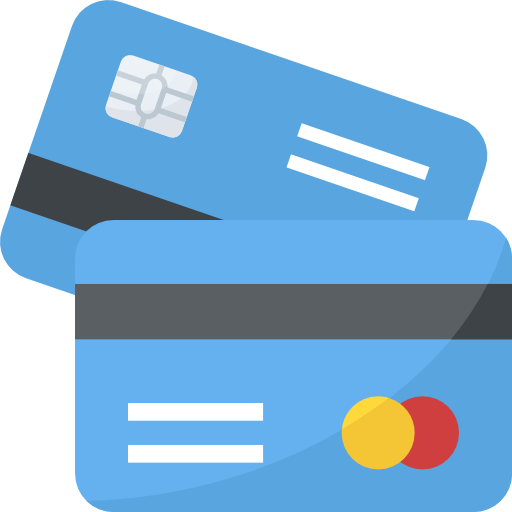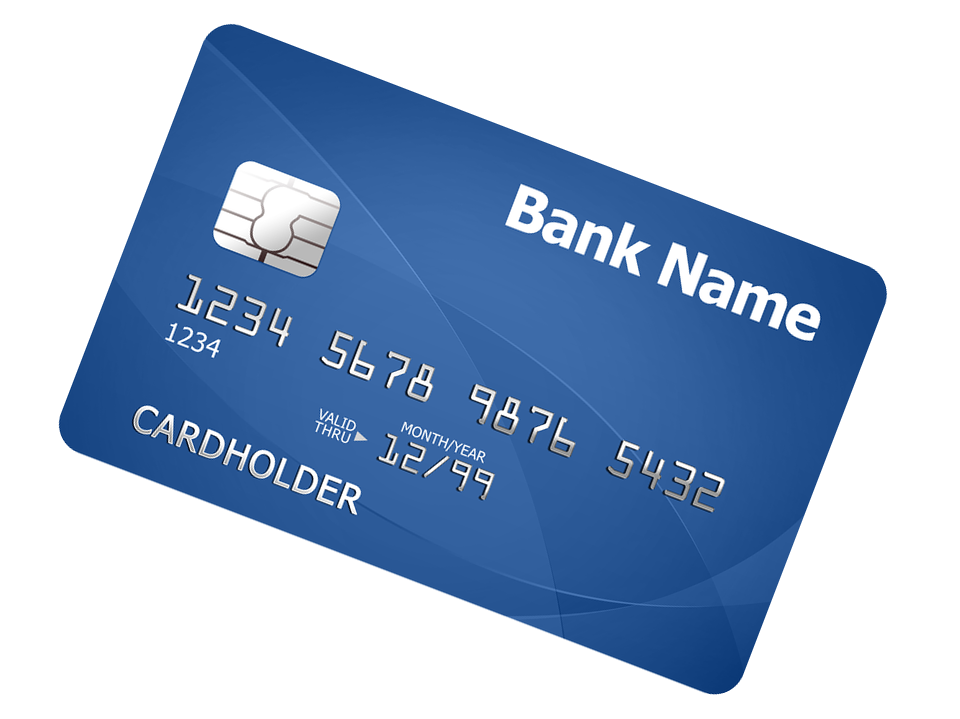Download top and best high-quality free Credit PNG Transparent Images backgrounds available in various sizes. To view the full PNG size resolution click on any of the below image thumbnail.
License Info: Creative Commons 4.0 BY-NC
Credit is the trust that permits one party to lend money or resources to another party. The second party promises to repay or return those resources (or other materials of comparable value) at a later period rather than immediately (thereby establishing a debt). Credit, in other words, is a way of formalising reciprocity, making it legally binding, and extending it to a vast number of unrelated persons.
The resources supplied might be monetary (for example, a loan), or they can be products or services (e.g. consumer credit). Any type of postponed payment is considered credit. A creditor, also known as a lender, extends credit to a debtor, a borrower.
During the 1900s, credit cards were increasingly popular. Larger businesses began forming alliances with other businesses and using a credit card to make payments to any of them. While each participating firm was charged a percentage of overall billings, the companies charged the cardholder an annual fee and let them choose their billing methods. As a result, credit cards were created on behalf of banks all over the world.
Bank of America’s Bank Americard and American Express’ American Express Card, both launched in 1958, are two additional early bank-issued credit cards. These functioned in a similar way to company-issued credit cards, but they gave consumers more purchasing power and allowed them to build up revolving credit. Revolving credit was a type of credit that allowed you to pay off an amount at a later date while still incurring a finance charge.
Bank-issued credit accounts for the majority of credit available. The conventional notion of banks as savers’ and borrowers’ middlemen is wrong. Credit creation is at the heart of modern banking. The credit (money) and its associated debt, which must be repaid with interest, are the two elements of credit. The majority of money in the UK economy (97 percent as of December 2013) is produced as credit. When a bank extends credit (i.e. makes a loan), it records a negative value in the liabilities column of its balance sheet and a positive figure in the assets column, with the asset being the loan repayment revenue stream (plus interest) from a credit-worthy individual. When a debt is paid in full, the credit and obligation are cancelled, and the money is no longer available. Meanwhile, the debtor obtains a positive cash balance (which may be utilised to buy a property) as well as a negative obligation that must be returned to the bank over time. The majority of newly generated credit is used to buy land and property, causing inflation in such markets, which is a primary driver of the economic cycle.
When a bank generates credit, it is basically owing itself money. If a bank extends too much poor credit (to debtors who are unable to repay it), the bank will become insolvent, meaning that its obligations exceed its assets. It doesn’t matter if the bank never had the money to lend in the first place; the banking licence allows banks to generate credit; what counts is that a bank’s overall assets exceed its total liabilities, and that it has enough liquid assets, such as cash, to satisfy its debtors’ obligations. If it fails to do so, it faces insolvency or the loss of its banking licence.
Unsecured (non-collateralized) credit, such as consumer credit cards and minor unsecured loans, and secured (collateralized) credit, which is generally secured against the object being purchased with the money, are the two primary types of private credit provided by banks (house, boat, car, etc.). Banks will tend to issue large credit sums to those deemed credit-worthy in order to reduce their exposure to the risk of not receiving their money back (credit default). They will also require collateral, which is something of equivalent value to the loan that will be passed to the bank if the debtor fails to meet the loan’s repayment terms. In this case, the bank reduces its liabilities by selling the collateral. Consumer mortgages are used to buy houses, yachts, and other items, and PCP (personal contract plan) credit arrangements for vehicle purchases are examples of secured credit.
Download Credit PNG images transparent gallery.
- Credit PNG File
Resolution: 981 × 740
Size: 17 KB
Image Format: .png
Download
- Credit PNG Free Image
Resolution: 1589 × 992
Size: 23 KB
Image Format: .png
Download
- Credit PNG HD Image
Resolution: 980 × 920
Size: 41 KB
Image Format: .png
Download
- Credit PNG Image File
Resolution: 773 × 655
Size: 320 KB
Image Format: .png
Download
- Credit PNG Image HD
Resolution: 650 × 498
Size: 180 KB
Image Format: .png
Download
- Credit PNG Image
Resolution: 980 × 980
Size: 33 KB
Image Format: .png
Download
- Credit PNG Images HD
Resolution: 1200 × 774
Size: 1169 KB
Image Format: .png
Download
- Credit PNG Images
Resolution: 512 × 512
Size: 3 KB
Image Format: .png
Download
- Credit PNG Photo
Resolution: 1500 × 909
Size: 1707 KB
Image Format: .png
Download
- Credit PNG Photos
Resolution: 1280 × 808
Size: 15 KB
Image Format: .png
Download
- Credit PNG Pic
Resolution: 1691 × 1257
Size: 1692 KB
Image Format: .png
Download
- Credit PNG Picture
Resolution: 650 × 487
Size: 115 KB
Image Format: .png
Download
- Credit PNG
Resolution: 500 × 370
Size: 160 KB
Image Format: .png
Download
- Credit Transparent
Resolution: 512 × 512
Size: 6 KB
Image Format: .png
Download
- Credit
Resolution: 512 × 512
Size: 24 KB
Image Format: .png
Download
- Credit Background PNG
Resolution: 512 × 334
Size: 4 KB
Image Format: .png
Download
- Credit No Background
Resolution: 1000 × 825
Size: 760 KB
Image Format: .png
Download
- Credit PNG Background
Resolution: 512 × 512
Size: 23 KB
Image Format: .png
Download
- Credit PNG Clipart
Resolution: 512 × 512
Size: 19 KB
Image Format: .png
Download
- Credit PNG Cutout
Resolution: 960 × 719
Size: 228 KB
Image Format: .png
Download
